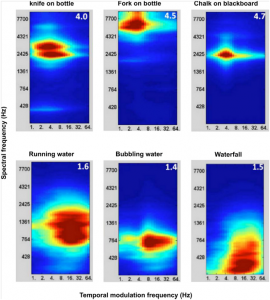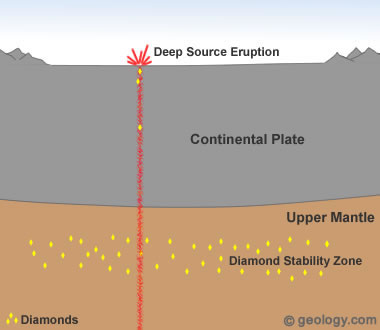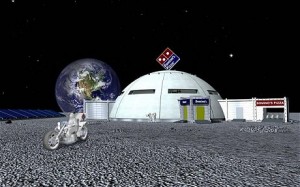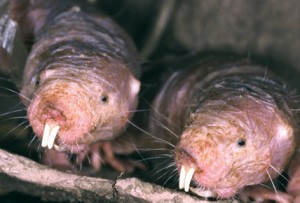Why is it that certain sounds are so displeasing to the human ear? For example, the sound of nails running along a chalkboard is synonymous with shivers down the spine. A new paper published in The Journal of Neuroscience examines the interaction between the emotional and auditory parts of your brain while hearing a variety of sounds. Scientists at Newcastle University have found that while hearing some sounds, a heightened activity and interaction occurs between the Amygdala part of the brain, which is active in processing negative emotions, and the auditory parts of the brain. Researchers believe this interaction could explain why some sounds are perceived as unpleasant.
Researchers at the Wellcome Trust Centre for Neuroimaging and Newcastle University used functional magnetic resonance imaging (fMRI) to examine how the brains of sixteen volunteers responded to a variety of sounds. The sixteen participants (seven females) ranged in age from 22-35 years old and had no prior history of neurological or psychiatric disorders. The participants were asked to listen to 74 different sounds while in the scanner. The participants then ranked each sound they heard on a scale from 1 (least unpleasant) to 5 (highly unpleasant). Here is an example of how some sounds stacked up.
Most Unpleasant Sounds
- Knife on bottle
- Fork on glass
- Chalk on blackboard
- Ruler on bottle
- Nails on chalkboard
Least Unpleasant Sounds
- Applause
- Baby laughing
- Thunder
- Water flowing
Researchers then studied the relationship between the rankings of unpleasantness and the spectrotemporal features obtained from imaging from the fMRI. Analysis of both the rankings of unpleasantness and the acoustic features of the sounds themselves, found that any sounds within the frequency range of 2,000 to 5,000 Hz were found to be perceived as unpleasant. The figure to the left shows examples of the spectrotemporal representations for six sounds (the mean unpleasantness is featured in the top right corner of each plot). These images suggest that sounds with high spectral frequencies and low temporal modulation frequencies are correlated to sounds ranked with high unpleasantness. It was found that activity in both the auditory complex and the Amygdala were directly proportional to the ratings of perceived unpleasantness. From this study, it was concluded that the Amygdala is in charge and regulates the activity of the auditory part of the brain, therefore provoking a negative response to some sounds.
Want to see if you agree that the sound of nails running along a chalkboard is highly unpleasant? Take a listen.

To read the full journal article click here
This blog was written by Layla Vera






























